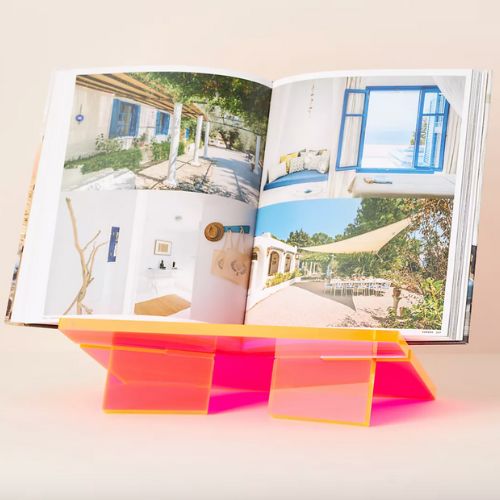Professional home organizers reveal how to master the eyebrow-raising 'recluttering' trend
Expert tips for creating a home with 'curated clutter' that doesn't just look untidy

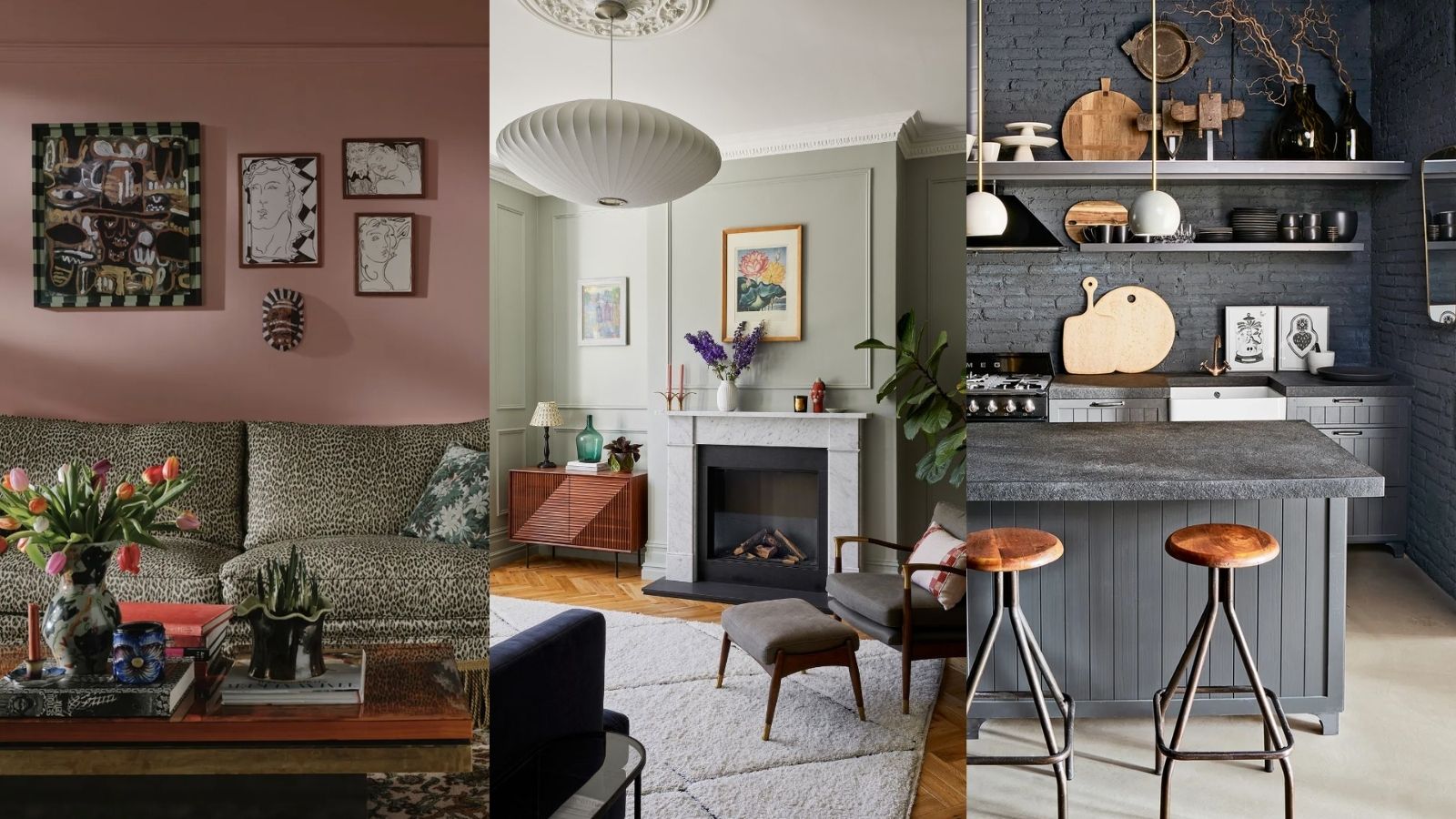
Most of us feel that we have too many things cluttering up our homes, because we're constantly bringing new items in, and rarely doing the reverse. While it's not necessarily our idea of fun, we can all appreciate how therapeutic decluttering can be, ridding ourselves of belongings we no longer need or use, and creating magical empty space in our closets and kitchen drawers.
For many of us, though, decluttering has become a little too much of a fixation. Now, lots of us are embracing the 'recluttering' trend – defined as re-introducing items into your home that might be considered 'clutter'. 'If someone has stripped their home of all the extras and tried unsuccessfully to embrace minimalism, they may be inclined to "reclutter" their home,' says Diane Quintana, a professional home organizer.
Rather than strive for minimalism with the help of pro decluttering techniques, such as the week-by-week decluttering method or the 30-day minimalism game, we are celebrating our sentimental items by displaying them proudly on our shelves.
Pro tips for embracing the recluttering trend
So, how do we embrace the 'recluttering' trend without ending up with a space that leaves us agitated? We spoke to home organizing professionals and an interiors therapist on how to do it successfully.
1. Curate meaningful objects creatively
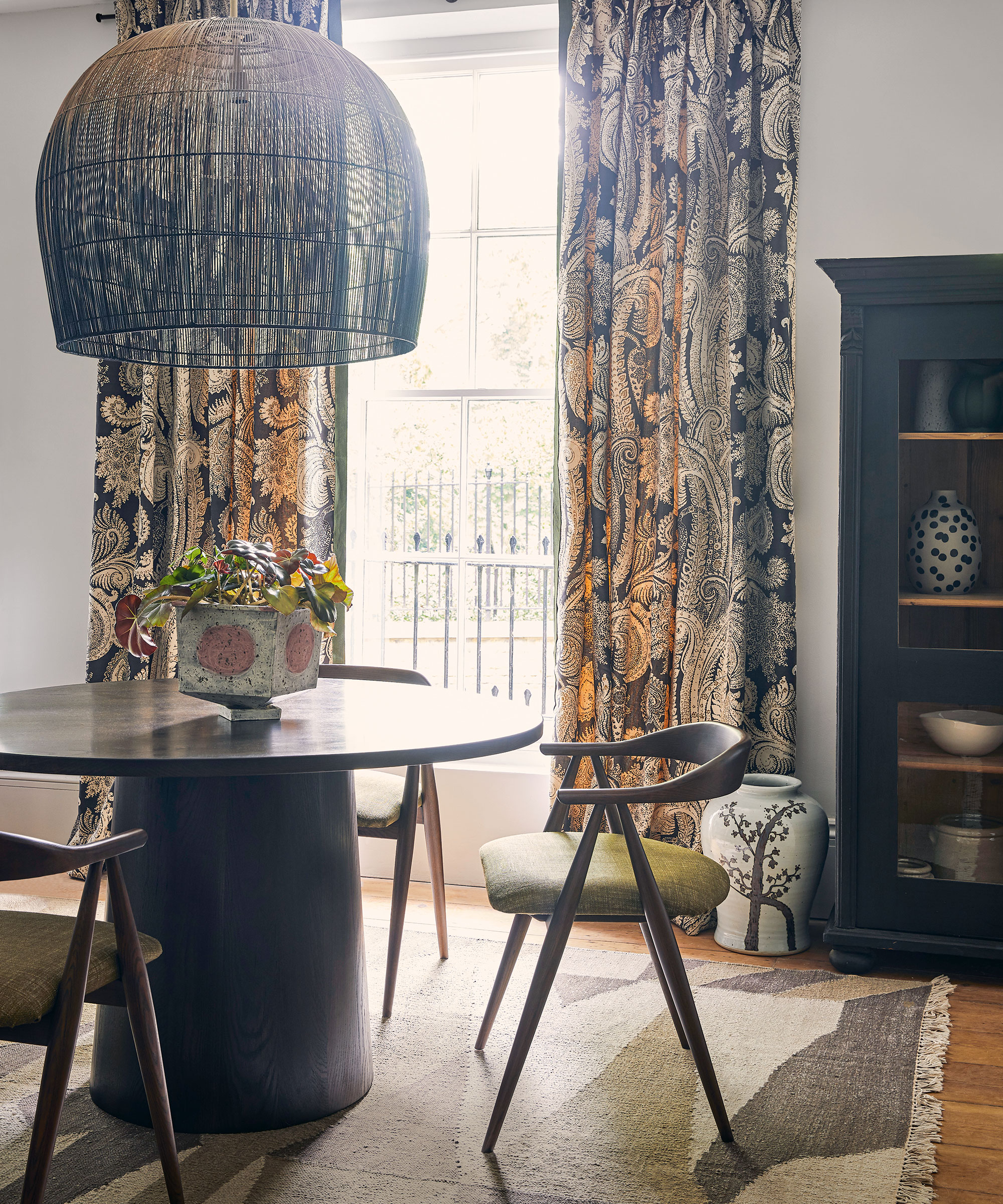
'Recluttering' is similar to 'cluttercore' and the 'clustering' trend, which both embrace mismatched belongings and an eclectic look. Professional home organizer and H&G contributing expert Caroline Roberts tells us that she loves this trend because it's, as she describes it, a 'course correction' on decluttering that has been taken too far.
'I think people became afraid that organizers would make them get rid of their belongings when most organizers want their clients to focus on the items that they love,' she says. Caroline feels that there are three ways to 'reclutter' without making your home look untidy:
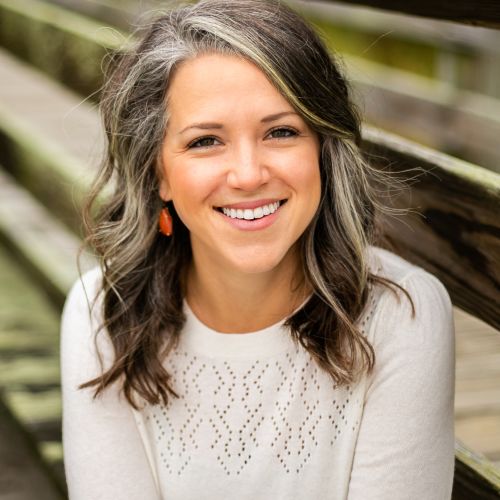
Caroline Roberts is a KonMari consultant and founder of the home organization company The Simplified Island. She and her team help clients declutter their belongings. Then they find the best places for your items so that their family members can find things and put them away. She is also a contributing expert at Homes & Gardens.
- Ensure the things you are adding back are truly meaningful to you and not things you think you should display.
- Use the item in creative ways and ignore its original function. Caroline has a silver water pitcher that was her grandmother's. She loves it, but rarely serves beverages out of a pitcher, so she has a plant in it instead.
- If you have many sentimental items, try storing some in a spare cabinet and swapping them out every month or so.
As Caroline Roberts suggests, it's important to distinguish between the items you are displaying out of a sense of obligation (perhaps the item was a gift) and the things that actually bring you joy. It's your home, so if an item sparks neutral or negative emotions, consider letting it go.
Design expertise in your inbox – from inspiring decorating ideas and beautiful celebrity homes to practical gardening advice and shopping round-ups.
We also love the idea of repurposing heirlooms so that they're useful, rather than hidden away in a closet. Sometimes, we feel nervous about using valuable items that have been handed down to us, but it's better for them to be used and enjoyed. As with Caroline's grandmother's pitcher, decorating with antiques we have inherited can create a lovely connection to family members and a home full of meaningful items that tell a story.
If you want to rotate sentimental items out on display, a glass-fronted cabinet, at Anthropologie, is a great option as it looks intentional and will keep precious pieces safe.
2. Be selective with 'recluttered' items
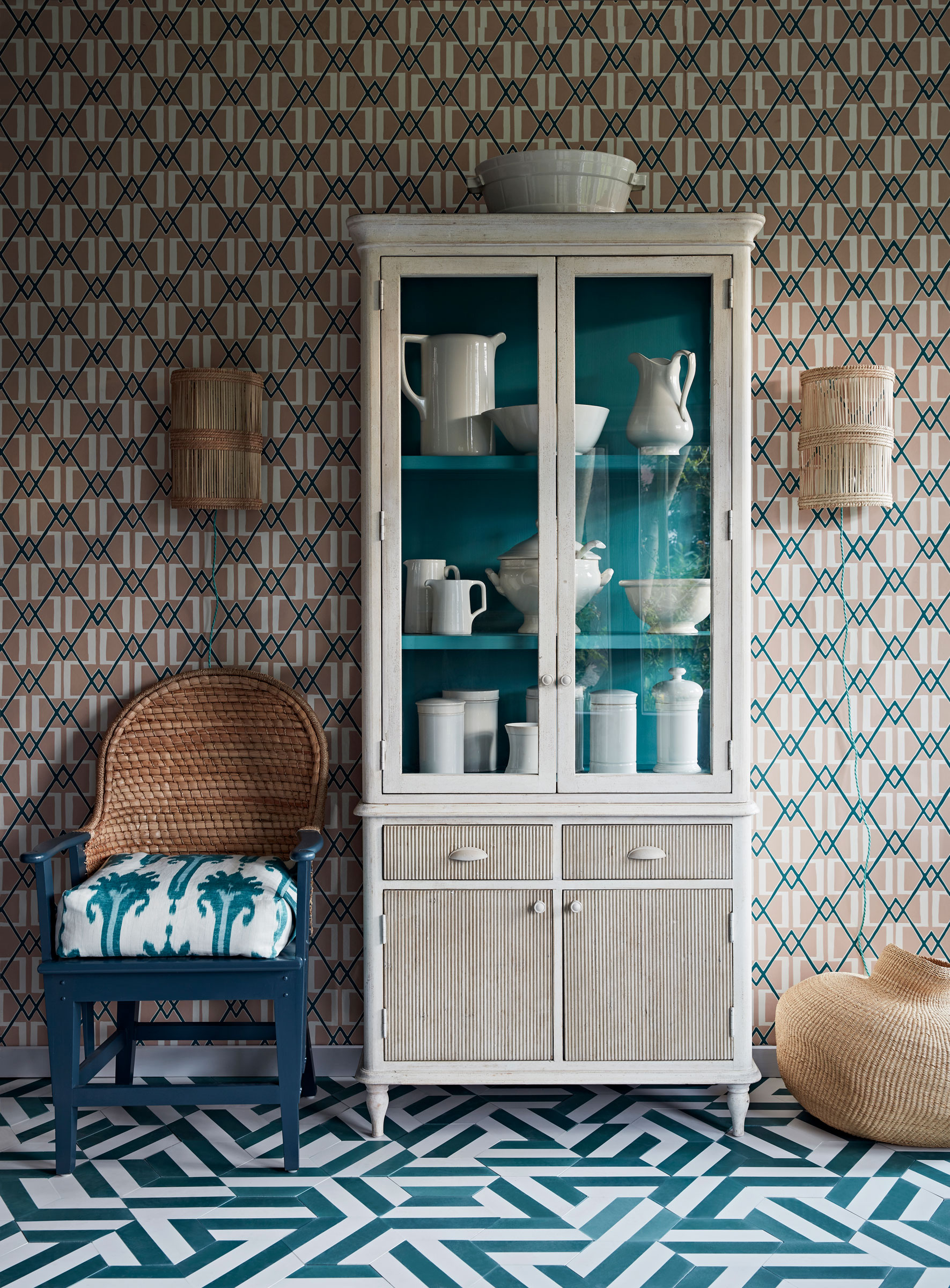
'The phrase "recluttering" makes me chuckle,' says Suzanne Roynon, interiors therapist and Feng Shui expert contributor, 'because it’s essentially all about fine-tuning your possessions to those you really do use, need and love, and parting with anything which doesn’t serve or add value to your life – it’s the very ethos of interiors therapy.'
Interiors therapy or ‘recluttering’ involves consciously choosing to display items you love and make you happy, while keeping the things you use or need in a way that is both organized and practical. The process empowers you to release anything you may have been keeping through a sense of obligation, fear, or habit.
'Recluttering is all about actively moving past overwhelm to be selective about possessions and choosing to enhance a space rather than encumbering it. By doing so, you create a comfortable home where you can appreciate what really matters and still have space to put your tea down beside you,' says Suzanne.
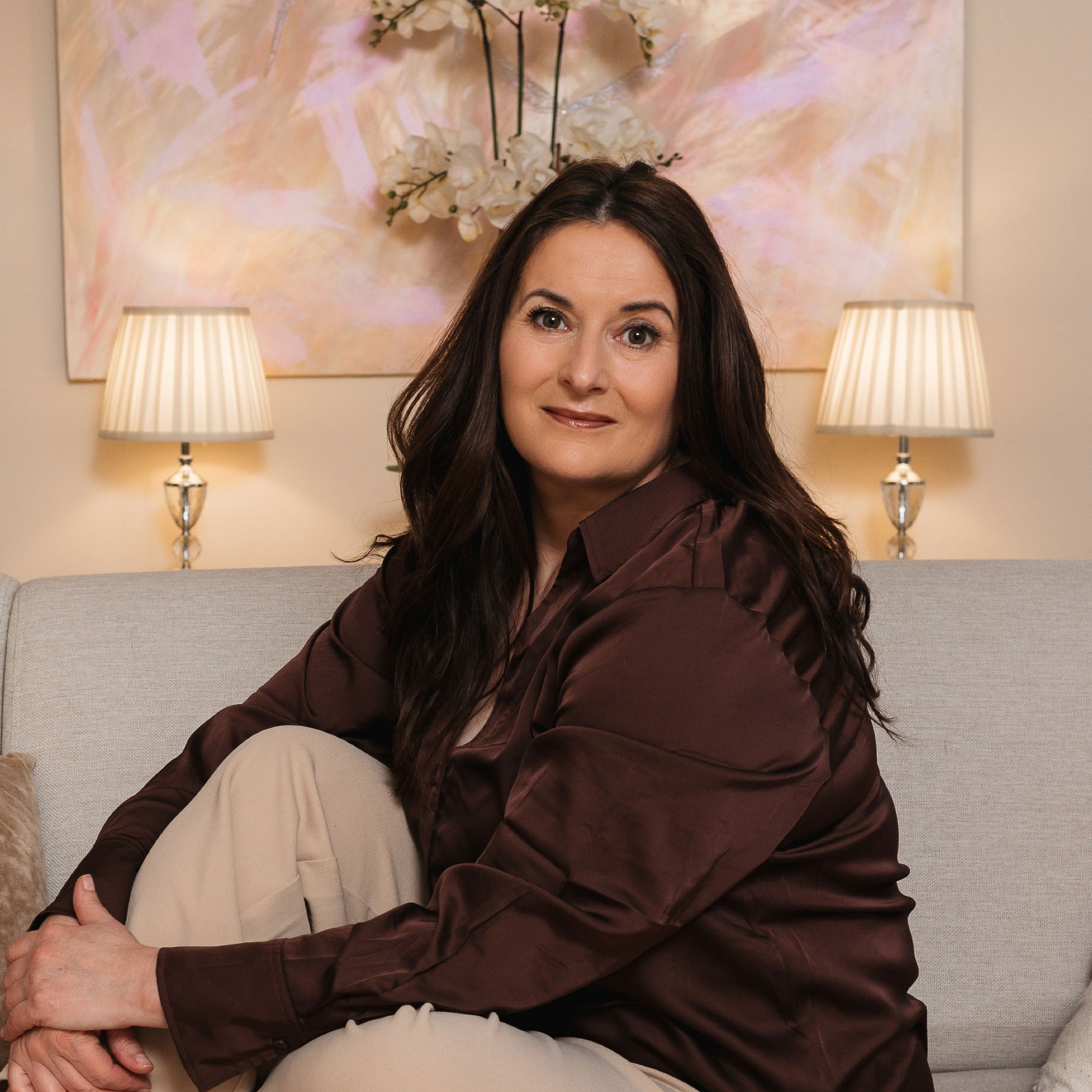
Suzanne is a feng shui consultant, interiors therapist and author of Welcome Home, How Stuff Makes or Breaks your Relationship – available at Amazon. She specializes in understanding the energetic impact of homes and certain possessions may have on all aspects of life, health and relationships, and the ways in which ‘stuff’ can actively prevent people and families from thriving and enjoying the lifestyle they deserve.
3. Make 'recluttering' practical
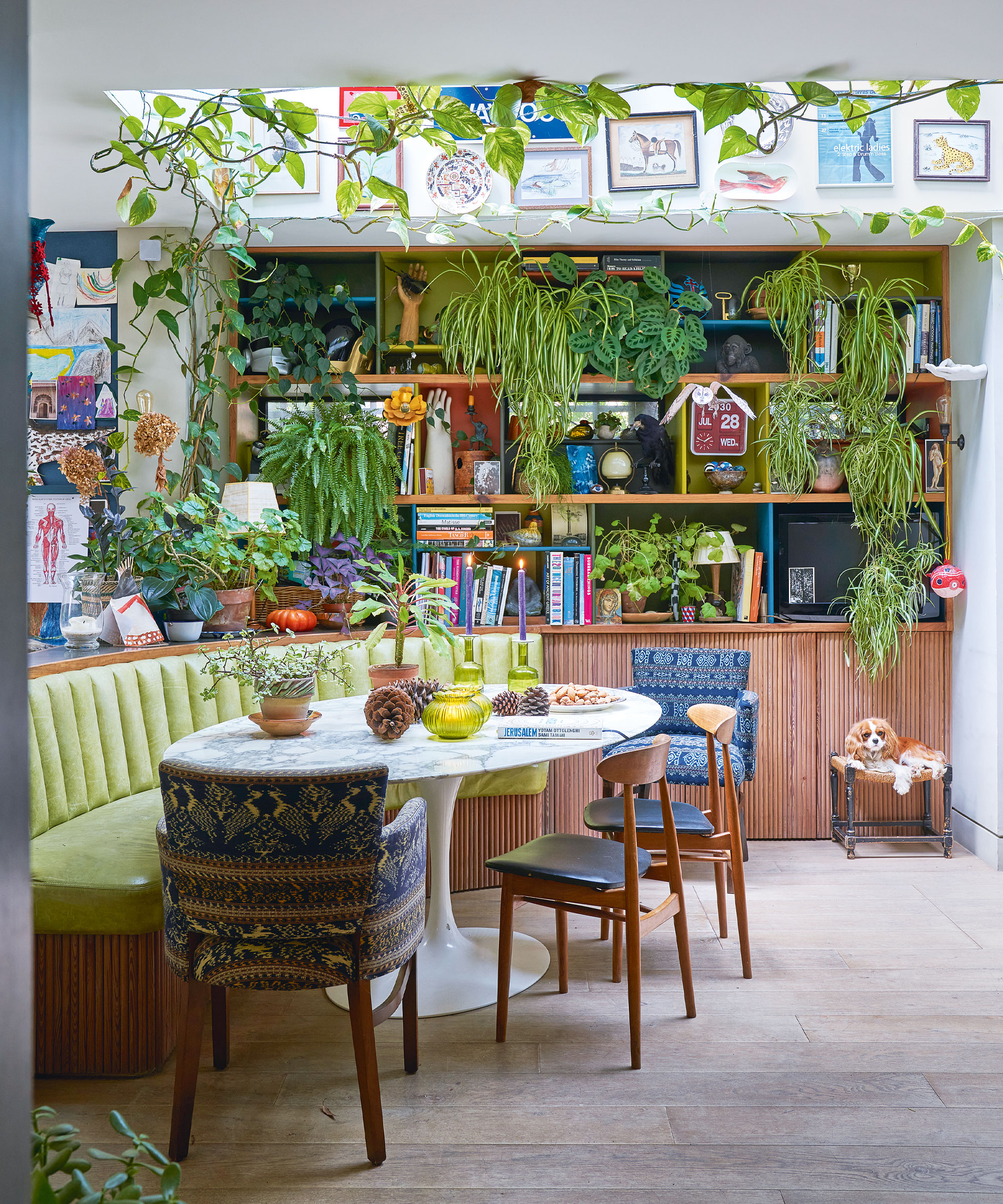
The secret to successful 'recluttering', according to professional home organizer Diane Quintana, is to be intentional and practical about it. For example, if you have open shelves that are devoid of anything other than a few books, you may decide to "reclutter" the shelves with a collection of family photos or trinkets that mean something to you.
'These extra things are not really clutter, because they have a home. This clutter can also be described as decorative,' she says.
Diane shares another example related to kitchen decluttering: 'If the person has tried to keep the kitchen counters completely clear but finds themselves always searching for a pen and paper, a place to put mail or their child's class list. This is frustrating. In response, they may decide to place a tray on the counter with a small holder for the pad of paper, pen, and the few lists they need on hand.'
This wicker countertop organizer from Amazon has compartments for keeping on top of paper clutter without taking up too much space.
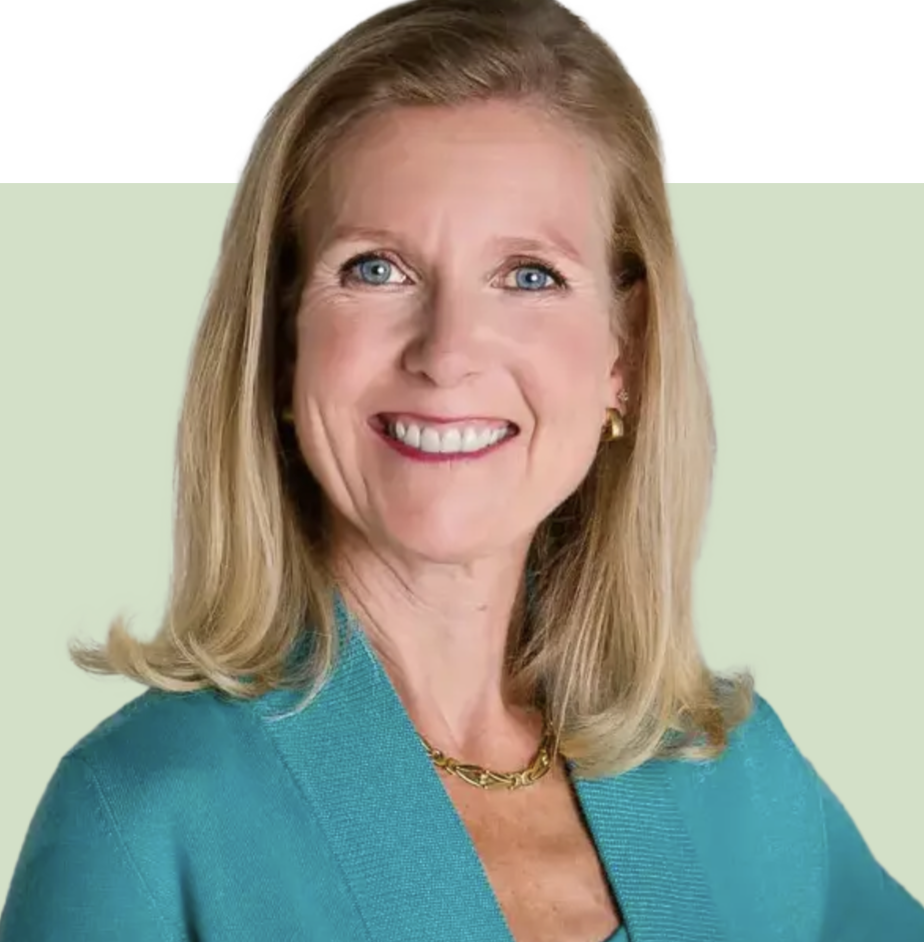
Diane is a certified professional organizer based in Atlanta, Georgia, where she works closely with clients to create organizing solutions that resonate with them and the way they live their lives. Diane's belief is that organizing is a process and a state of being, not a destination, so she helps clients to feel organized and at peace in their homes.
FAQs
Can you over-declutter?
It's definitely possible to take decluttering too far and end up with a space that feels cold and stark. Many people equate decluttering with a push towards a minimalist home, and interiors therapist Suzanne Roynon believes this can set them up to fail. This is because the shift from living in a very cluttered space to one that is essentially devoid of visual connection to all the things that matter is extremely uncomfortable.
'Recluttering' embraces a more personal, expressive and maximalist approach to how we decorate our homes. But it doesn’t mean holding onto every last sentimental item, theatre program, and piece of macaroni art. If you're finding it hard to declutter sentimental items, you can head to our guide for lots of tips to make it easier to let go.

Millie is a freelance writer and qualified interior designer based in Sheffield. She has many years of experience in the world of content and marketing, and previously worked as the head of Solved at Homes & Gardens. Before that, she worked in SEO at News UK in London and New York. She has a first-class degree in French and Italian from UCL and loves to weave decor into her home that reminds her of time spent living and studying in Bologna. Millie believes a clutter-free space that you love coming home every day is the best secret weapon for our well-being.
